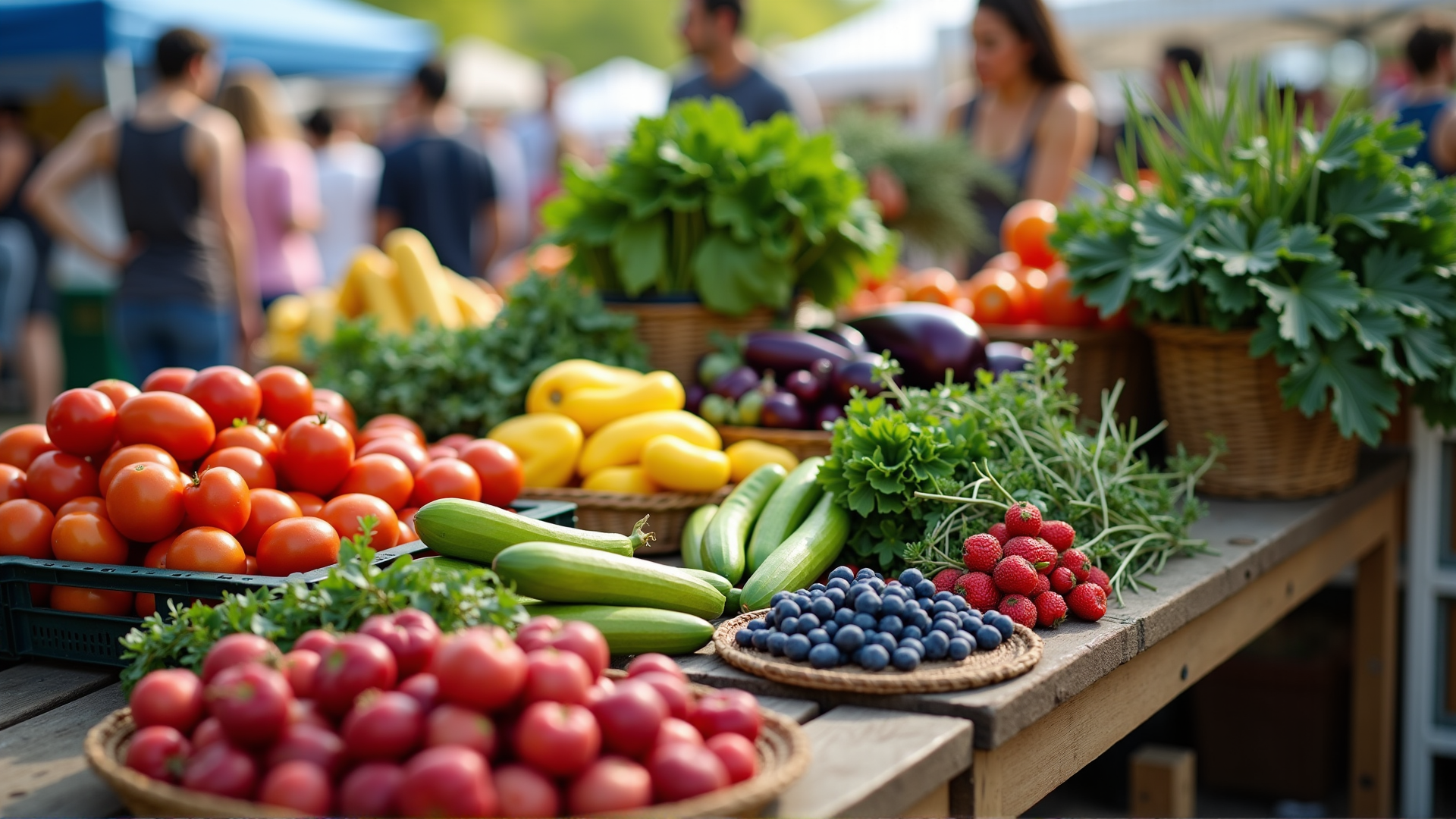Embracing the rich bounty of local ingredients available in Canada not only elevates your culinary creations but also supports local economies and promotes sustainability. From the lush vineyards of the Niagara Peninsula to the rich seafood treasures of the Pacific coast, Canada's diverse landscapes offer an abundance of fresh, seasonal produce. This guide will walk you through sourcing local ingredients and provide tips for incorporating them into your kitchen repertoire.
Understanding Seasonal Availability
The first step in using local ingredients is understanding what’s in season. Each region in Canada boasts distinct growing seasons that impact the availability of produce. For example, while strawberries might be at their peak in Ontario in early summer, British Columbia’s apple varieties shine in the autumn. Familiarize yourself with seasonal charts or apps that track when your favorite fruits, vegetables, and herbs are at their ripest. Not only will this understanding bring freshness to your table, but it will also instill a deeper appreciation for the rhythm of nature.
Farmers’ Markets and Local Farms
Farmers’ markets are a treasure trove of local ingredients. They provide an opportunity to speak directly with the people who grow your food. Engaging with farmers about their produce can offer insights into farming practices, seasonal changes, and even cooking tips. Likewise, visiting local farms can offer a firsthand look at how your ingredients are cultivated, and some farms even provide “pick-your-own” experiences that are both fun and rewarding.
Community Supported Agriculture
Consider joining a Community Supported Agriculture (CSA) program, where you purchase a share of a farm’s harvest in advance. This approach provides you with a bounty of fresh, seasonal produce each week and supports farmers by helping them cover their operational costs early in the season. Engaging in a CSA creates a connection between you, the grower, and the land, enriching your culinary endeavors with deeper meaning and context.
Wild Foraging
Canada’s natural landscapes provide ample opportunities for wild foraging. Whether it’s wild blueberries in Newfoundland or chanterelle mushrooms in British Columbia, foraging allows you to explore nature’s pantry. However, ensure you forage responsibly—confirm that you have permission to forage on certain lands, and make sure you correctly identify any wild foods before consuming them to avoid any poisonous varieties.
Culinary Creativity with Local Ingredients
Once you have your fresh local ingredients, the culinary possibilities are endless. Here are a few ideas to inspire your cooking:
-
Berry Compotes and Jams: Use local berries to create homemade jams and compotes, which can add a burst of flavor to breakfast dishes or desserts.
-
Vegetable Medleys: Celebrate the colors of seasonal vegetables in hearty stews or vibrant salads.
-
Ocean-to-Table Dishes: With access to some of the world’s best seafood, experiment with ocean-fresh dishes that highlight the natural flavors of shellfish and fish.
-
Herb-Infused Oils and Vinegars: Infuse locally grown herbs into oils and vinegars to create gourmet additions to your salads and roasts.
-
Maple Syrup Marvels: Canadian maple syrup is a versatile sweetener for both savory and sweet dishes, from glazing meats to enhancing baked goods.
Sustainable Practices
Using local ingredients goes hand in hand with sustainability. By choosing local, you’re reducing food miles, which means lower carbon emissions associated with long-distance transportation. Additionally, buying from local sources typically involves minimal packaging, cutting down on plastic waste.
In summary, embracing local ingredients in Canada not only revitalizes your cooking with fresh flavors but also fosters a sustainable and community-oriented approach to food. By understanding seasonal availability, supporting local farmers, and unleashing your creativity in the kitchen, you can turn every meal into a celebration of Canada’s unique and bountiful produce.
